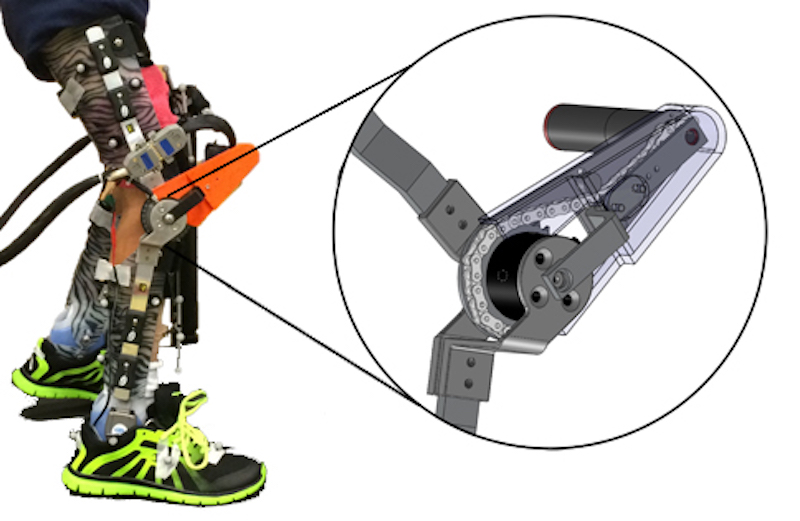Thomas Bulea and NIH colleagues have developed a robotic exoskeleton for children with cerebral palsy.
“Crouch gait,” where a person walks with a perpetual bend in their knees, is a hallmark of the disease. This damages muscles and joints and results in paralysis for half of cerebral palsy patients.
Bulea believes that increasing the amount and intensity of gait training is key to successful outcomes. The exoskeleton is meant to strengthen muscles when children are learning to walk, instead of treating the problem when its already progressed into adulthood.
7 study participants were able to walk with the exoskeleton ,without the help of other devices, and without relying on the robot entirely. Their muscle capacity and posture improved.
According to Bulea: “We do a lot of things early on that weaken their muscles — cut their tendons, inject them,” she said. “We’re trying to come up with solutions that are win-win. … Training them to stay more upright that will keep them walking longer, that’s our pie-in-the-sky goal.”
The next step is to make the system lighter, and independent of a grounded power source, so that it could be used at home
Join ApplySci at Wearable Tech + Digital Health + NeuroTech Boston on September 19, 2017 at the MIT Media Lab – featuring Joi Ito – Ed Boyden – Roz Picard – George Church – Nathan Intrator – Tom Insel – John Rogers – Jamshid Ghajar – Riccardo Sabatini – Phillip Alvelda – Michael Weintraub – Nancy Brown – Steve Kraus – Bill Geary – Mary Lou Jepsen
ANNOUNCING WEARABLE TECH + DIGITAL HEALTH + NEUROTECH SILICON VALLEY – FEBRUARY 26 -27, 2018 @ STANFORD UNIVERSITY – FEATURING: ZHENAN BAO – JUSTIN SANCHEZ – BRYAN JOHNSON – NATHAN INTRATOR – VINOD KHOSLA
